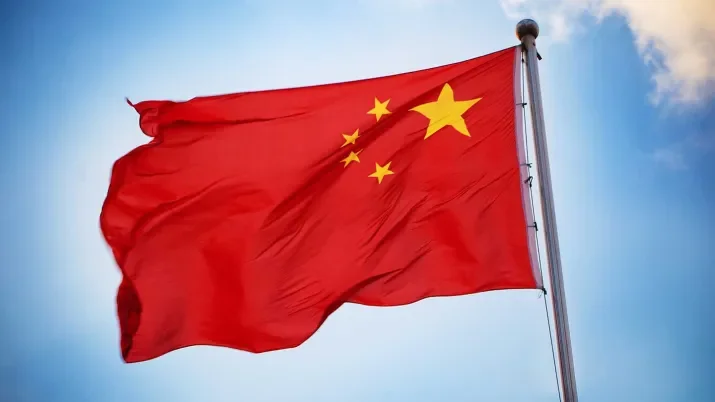Oil markets: How to weather the storm
Quantitative Investments
While oil prices will remain volatile around 35 US dollars per barrel, oil’s long-term outlook has improved, as supply is likely to tighten and demand to pick up mid-term. Right now, an increased exposure to longer-dated oil futures contracts and precious metals can help investors to weather the storm.
The outbreak of COVID-19 has stifled economic activity and oil demand. As a result, OPEC faced oversupplied markets at their meeting last week and tried to extend and deepen production cuts until year-end 2020 in order to support crude oil prices. However, as Russia blocked an agreement, current quotas will expire by month end and Russia will ramp up its production in the coming weeks. In response, Saudi Arabia decided to increase production and discount the crude that is exported to other countries, triggering a crash in crude oil prices.
With the Saudis potentially increasing their output to up to 11-12 mbpd, should they decide to run at maximum capacity, the additional supply is likely to trigger forced position unwinds accelerating the current sell-off in the coming days.
The price pressure will be felt most in shale oil producing areas where growth is expected to decline significantly this year. In addition, oil-producing regions could face social unrest.
Long-term outlook for oil improved
However, the long-term outlook for oil has improved since longer-dated oil prices will eventually see a floor due to increased long-term production costs. Shale oil producers will see their access to cheap financing blocked and will stop acting as marginal swing producers at 50 US dollars per barrel. Regardless of current market moves, oil markets are set to shift into structural undersupply by 2023-2025 since major oil producers did not invest in new infrastructure projects and shale producers have been favoring dividends rather than capital expenditures to support new production facilities. Finally, Saudi Arabia and Russia may end their power play if they see a structural collapse in shale oil production, which could be combined with a rebound in economic activity later this year.
Apart from under-investments, longer-dated oil is set to profit from an increase in demand that will pick up later this year once the virus has been contained. In addition, big, energy-hungry economies like China, the EU, Japan and emerging markets will rush to exploit a period of cheap oil and gas and are likely shift to cheap fuel consumption instead of renewables.
How to deal with the current market turmoil
Defensive curve positioning in crude oil futures contracts, coupled with increased exposure to precious metals, should help commodity investors to weather the storm. This means adding underweight positions in front-dated oil contracts and hedging them with longer-dated contracts with the option of adding more defensive curve positions in the coming days that will exploit futures curves shifting deeper into contango. In anticipation of central banks lowering interest rates coupled with a flight to safety, we increased our exposure to precious metals with an even distribution across gold, silver, platinum and palladium. Should a full-blown price war in oil ensue, central banks will have even more reasons to cut interest rates to combat deflation. In addition, the US dollar has started to weaken against the euro, the yen, the Swiss franc and other G10 currencies. This environment is positive for gold and silver.




